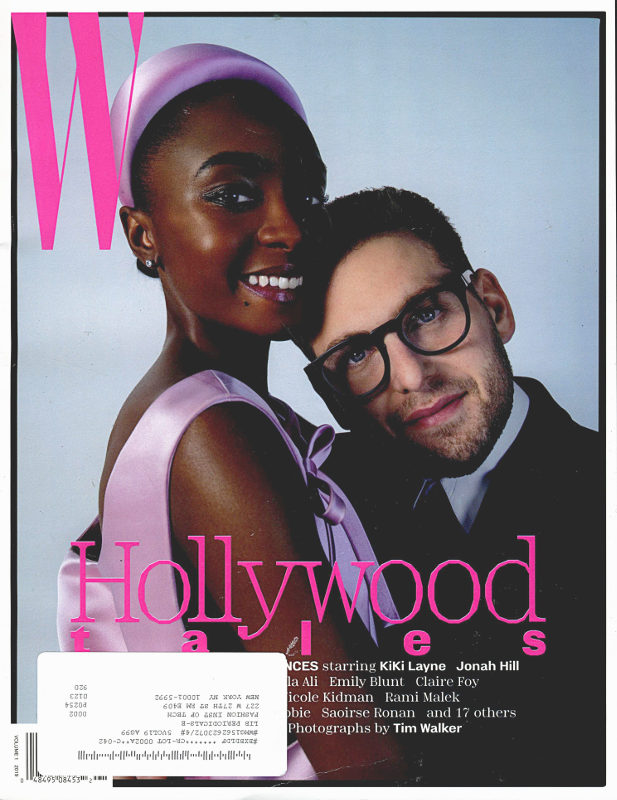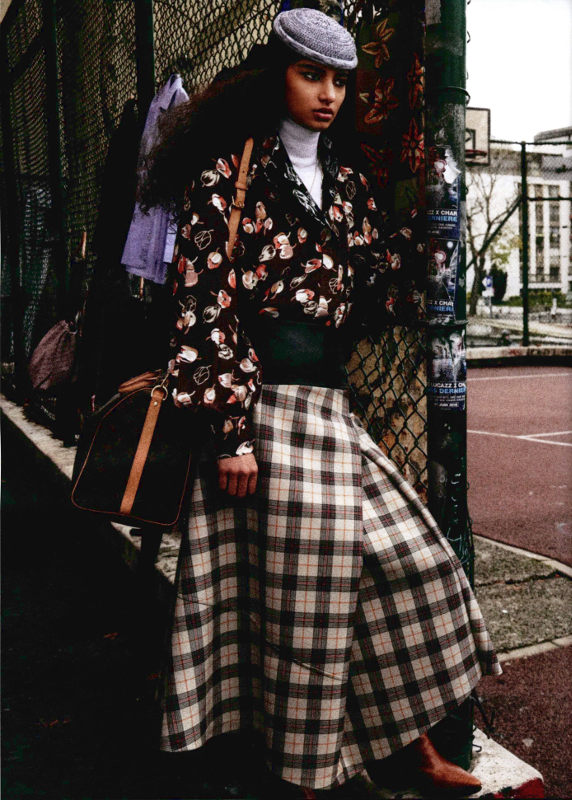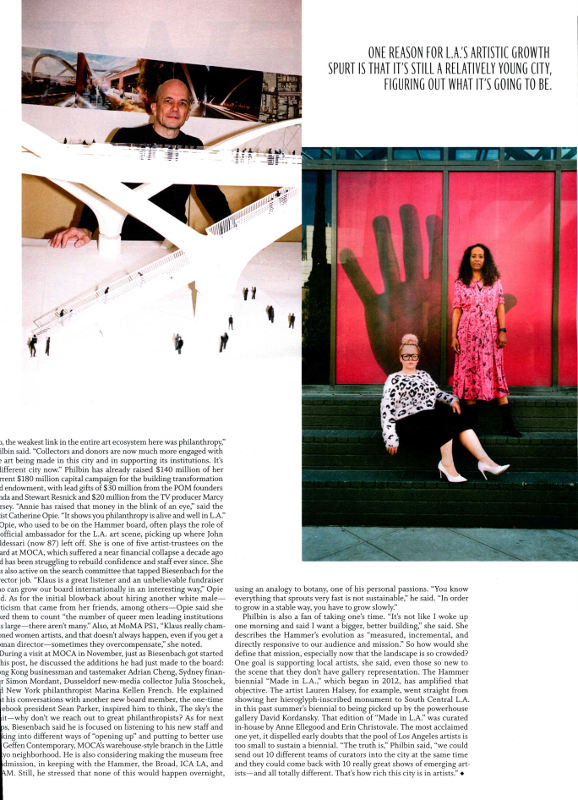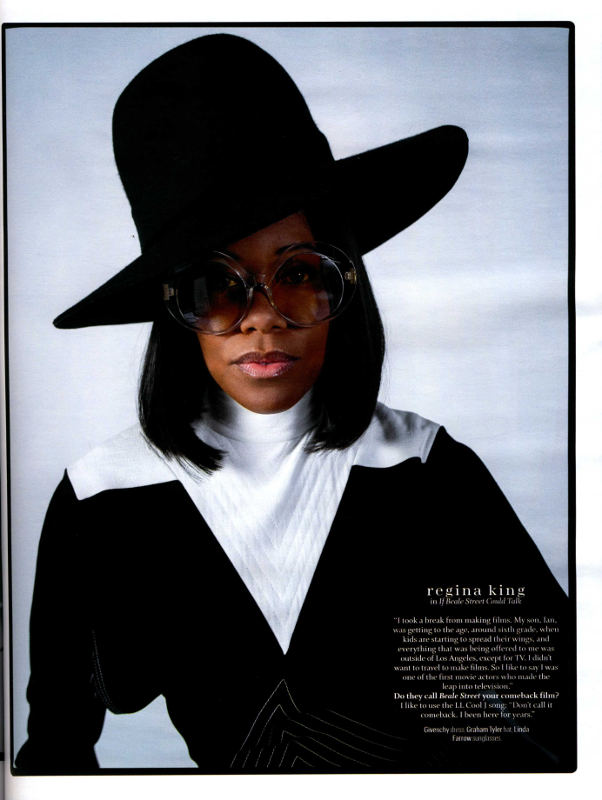Hi, and welcome back to our MoW!

This week’s MoW is W. This title was launched in 1972 as a sister publication to Womens Wear Daily, the New York fashion industry’s newspaper, by original publisher, Fairchild Publications. I can’t help thinking that WWD‘s editor (James Brady) realized that, since his paper spent all this time with rich garment-center people at exclusive events, the title’s fashion know-how could make them twice as much money if sold to two different markets. Womens Wear was a business paper, but W was a sheaf of luxurious images of NYC: socialites and perfumes, caviar and designer ready to wear.

Throughout the 1980s, W came wrapped and was a sheaf of newspaper sections. Published 2x per month, it was printed in color, and used many of the images published in WWD. But the target market was different. W aimed at the broader New York City social scale. Ads and news coverage were aimed at New York City’s ladies who lunched and the women who aspired to be them. The title both reflected and served the 1980s financial boom. And supplied it with the most current local gossip, via Aileen Mehle, who used the pseudonym Suzy to skewer the pretentious and revere the keepers of good taste.

In 1993, the title changed format. From being a sheaf of folded newspaper, the title now became a large format glossy magazine. The publisher, John Fairchild, reported that the change had been made to make the title easier for people to read and save, and reflected the positive feedback to the bound editions W published in conjunction with NYC fashion weeks.

The new large-format W was published 14 times a year. It managed to make the shift from the New York Cafe Society of the 1990s into the celebrity-obsessed 2000s. As models and socialites gave way in the public curiosity to media stars and influencers, W shifted too. What began as an intimate NYC experience of wealth has expanded into a broader jet set celebration of international luxury markets including art, film, fashion, and finance.
The print market continues to change, with mergers regularly affecting magazines globally, and internet fashion influencers pulling the focus from Paris and New York runways. W, which is only published 8 times a year now, claims top circulation at more than a million copies and continues to follow the money. The current issue includes discussion of art markets alongside fashion runway coverage and layouts with pop stars.